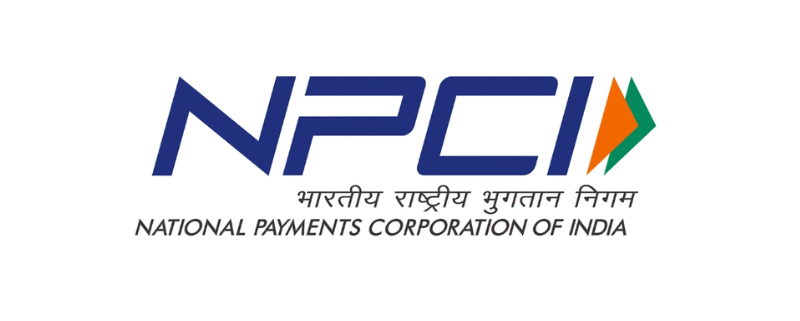NPCI Posts ₹1,552 Cr Net Surplus in FY25, Driven by UPI & Digital Payments Boom
Mumbai, June 26, 2025 | Credit Samadhaan News Desk — The National Payments Corporation of India (NPCI), the driving force behind India’s digital payments revolution, has reported a massive 41.7% year-on-year rise in its net surplus, reaching ₹1,552 crore for the financial year 2024–25, according to the latest update from credit rating agency ICRA.
While NPCI operates as a not-for-profit organization, it refers to profits as “revenue surplus” — a distinction that reflects its unique operational model within India’s financial infrastructure.
Key Financial Highlights (FY25):
-
Net Surplus (Revenue Surplus): ₹1,552 crore
↳ Up from ₹1,095 crore in FY24 (41.7% increase) -
Standalone Revenue: ₹3,270 crore
↳ Compared to ₹2,749 crore in FY24 (19% increase) -
Net Worth as of March 31, 2025: ₹6,412 crore
↳ Boosted by strong internal accruals and healthy cash flows
The Business Behind UPI: How NPCI Earns Despite Being Non-Profit
Founded in 2008 by the Reserve Bank of India (RBI) and Indian Banks’ Association (IBA), NPCI operates the backbone of India’s digital payment systems. Its platforms include:
-
Unified Payments Interface (UPI) – The real-time mobile-based payment platform
-
Immediate Payment Service (IMPS) – 24×7 fund transfer facility
-
Aadhaar Enabled Payment System (AePS) – Biometric banking access for rural India
-
Bharat Bill Payment System (BBPS) – A unified platform for bill payments
-
National Common Mobility Card (NCMC) – A one-card solution for travel and payments
Despite its non-profit status, NPCI earns fees from partner banks and financial institutions that use its infrastructure. A percentage of the transaction value processed across its systems goes toward operational and surplus revenues, which then get reinvested into scaling, security, and innovation.
The UPI Effect: Fueling India’s Digital Economy
Much of NPCI’s revenue surge is attributed to the meteoric rise of UPI, which has become India’s most preferred mode of payment — surpassing credit cards, debit cards, and wallets. With over 14 billion transactions per month, UPI has played a pivotal role in pushing India toward a cashless economy.
ICRA’s report also highlights the increasing volume and value of transactions, especially in Tier 2 and Tier 3 cities, as a major growth driver for NPCI’s financial performance.
What This Means for India’s Fintech Ecosystem
-
For Consumers: Greater confidence in digital payments, improved access in rural regions
-
For Banks: More robust infrastructure and reduced dependency on legacy systems
-
For Startups: Opportunities to build on top of NPCI’s stack (e.g., UPI-based apps, lending platforms)
-
For Policy Makers: A benchmark example of how public infrastructure can drive innovation and financial inclusion
NPCI’s solid financials will likely allow for continued innovation, global UPI expansion pilots (like in Singapore, UAE, France), and deeper fintech collaborations in the coming fiscal year.
Expert View:
“NPCI has redefined how digital payments work in a country as diverse and vast as India. Its ability to grow revenue and surplus while staying not-for-profit shows the power of ecosystem thinking in financial services,”
— Sandeep Garg, Fintech Analyst, Mumbai
Final Thoughts
NPCI’s performance reflects the maturity of India’s digital payment landscape and its potential for further global impact. With UPI 2.0, credit on UPI, and international collaborations on the horizon, FY26 may prove to be even more transformative for NPCI and India’s position in the global fintech narrative.
📌 Read more stories on India’s credit ecosystem, digital finance, and fintech regulation only on CreditSamadhaan.com
Disclaimer
This article is published for informational purposes only. Credit Samadhaan does not provide investment, legal, or financial advice. The views expressed are based on publicly available information and may be subject to change. Readers are advised to consult professional advisors before making any financial decisions.
© 2025 Credit Samadhaan. All rights reserved.
